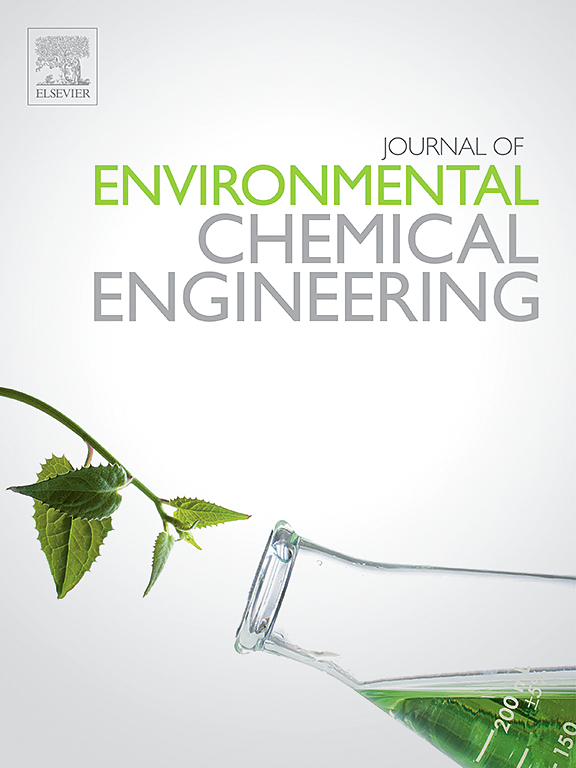Microporous layer in proton exchange membrane fuel cells: Advancement in materials and properties
IF 7.4
2区 工程技术
Q1 ENGINEERING, CHEMICAL
引用次数: 0
Abstract
The microporous layer (MPL) is one of the components in the membrane electrode assembly (MEA), the heart of a proton exchange membrane fuel cell (PEMFC), and plays a vital role in managing mass transport and water management in PEMFCs, where these two aspects can negatively impact fuel cell performance if not tackled properly. Thus, the development of MPLs, in terms of material used, preparation methods, and its physical characteristics, has been widely investigated in recent years, to ensure its functionality for improved fuel cell performance. This paper aims to highlight recent MPL studies, focusing on the aforementioned development factors. This paper also addresses the challenges for optimum MPL performance and future trends in MPL development. Thus, the past findings and future outlooks discussed in this paper can act as a useful guideline for future works related to MPL development, to produce good quality MPLs for enhanced fuel cell performance.
质子交换膜燃料电池中的微孔层:材料和性能方面的进展
微孔层(MPL)是质子交换膜燃料电池(PEMFC)的核心部件--膜电极组件(MEA)的组成部分之一,在质子交换膜燃料电池的质量传输和水管理方面发挥着至关重要的作用。因此,近年来,人们从所用材料、制备方法及其物理特性等方面对 MPL 的发展进行了广泛研究,以确保 MPL 的功能性,从而提高燃料电池的性能。本文旨在重点介绍最近的 MPL 研究,重点关注上述开发因素。本文还探讨了实现最佳 MPL 性能所面临的挑战以及 MPL 的未来发展趋势。因此,本文讨论的过去研究结果和未来展望可作为未来 MPL 开发相关工作的有用指南,以生产出优质 MPL,提高燃料电池性能。
本文章由计算机程序翻译,如有差异,请以英文原文为准。
求助全文
约1分钟内获得全文
求助全文
来源期刊

Journal of Environmental Chemical Engineering
Environmental Science-Pollution
CiteScore
11.40
自引率
6.50%
发文量
2017
审稿时长
27 days
期刊介绍:
The Journal of Environmental Chemical Engineering (JECE) serves as a platform for the dissemination of original and innovative research focusing on the advancement of environmentally-friendly, sustainable technologies. JECE emphasizes the transition towards a carbon-neutral circular economy and a self-sufficient bio-based economy. Topics covered include soil, water, wastewater, and air decontamination; pollution monitoring, prevention, and control; advanced analytics, sensors, impact and risk assessment methodologies in environmental chemical engineering; resource recovery (water, nutrients, materials, energy); industrial ecology; valorization of waste streams; waste management (including e-waste); climate-water-energy-food nexus; novel materials for environmental, chemical, and energy applications; sustainability and environmental safety; water digitalization, water data science, and machine learning; process integration and intensification; recent developments in green chemistry for synthesis, catalysis, and energy; and original research on contaminants of emerging concern, persistent chemicals, and priority substances, including microplastics, nanoplastics, nanomaterials, micropollutants, antimicrobial resistance genes, and emerging pathogens (viruses, bacteria, parasites) of environmental significance.
 求助内容:
求助内容: 应助结果提醒方式:
应助结果提醒方式:


